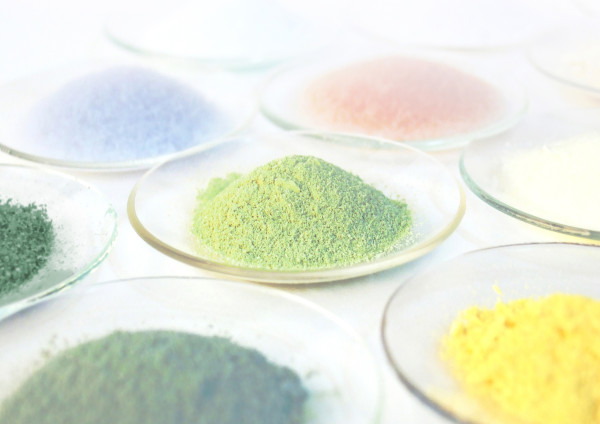MoO3: The Applications of Molybdenum Trioxide Nanoparticles
Molybdenum trioxide (MoO3) is a compound of molybdenum (Mo) at its highest oxidation state. It is produced in significantly higher volumes worldwide than any other molybdenum compound, due to the comparative instability of molybdenum oxides of lower oxidation states. Synthesizing these minerals can be complicated and they often exhibit rapid destabilization in air, which limits their realistic areas of application to fine chemical synthesis.

MoO3 is much easier to manufacture through the wet chemical purification and roasting process. This enables rapid and reliable synthesis of intermediate MoO3 powders for use as catalysts in redox chemistry. It also enables the development of MoO3 nanoparticles with tight control over their crystalline microstructures and size, offering a plethora of benefits for functional coating applications and electronics manufacturing.
The Electronic Properties of MoO3 Nanoparticles
MoO3 nanoparticles exhibit an array of desirable electronic and optical properties when chemically deposited in multilayer thin film structures or applied to substrates in a functional coating. The material belongs to the transition metal oxide group, which comprises a range of materials known for widely varying electronic characteristics dependent upon their phase state, crystal or granular structure, and their physiochemical properties. Properties such as the band gap of MoO3 nanoparticles are subsequently varied, with a reported band gap range of 2.8 – 6.6eV.
Tight control of MoO3 synthesis enables high-purity manufacturing of semiconductor junctions in both negative and positive phases. This is of significant interest in the development of optoelectronic components such as organic photovoltaics (OPVs). It is also being increasingly studied for use as a suitable anode material for organic light emitting diodes (OLEDs), forming the basis of hole transport layers in printed electronics.
It is important to assess film thickness and thermal stability to determine the functional electronic behavior of structures comprising deposited MoO3 layers, or surfaces modified with MoO3 coatings.
Nanoparticle Formulations from Avantama
Avantama is a specialist in nanoparticle synthesis and formulation for advanced electronics applications. We have developed a unique range of processing capabilities to provide a robust nanoparticle formulation service for customers engineering high-functionality OLED, QD, and OPV technologies.
We provide custom MoO3 nanoparticle solutions that can be tailored to specific particle size distributions and dispersed in a range of appropriate solvents for various solution-processing techniques. Learn more about our capabilities with our previous blog posts:
- The Properties and Applications of SnO2 Nanoparticles
- The Properties and Applications of ZnO Nanoparticles
Otherwise, contact us directly about engineering a unique MoO3 nanoparticle formulation.